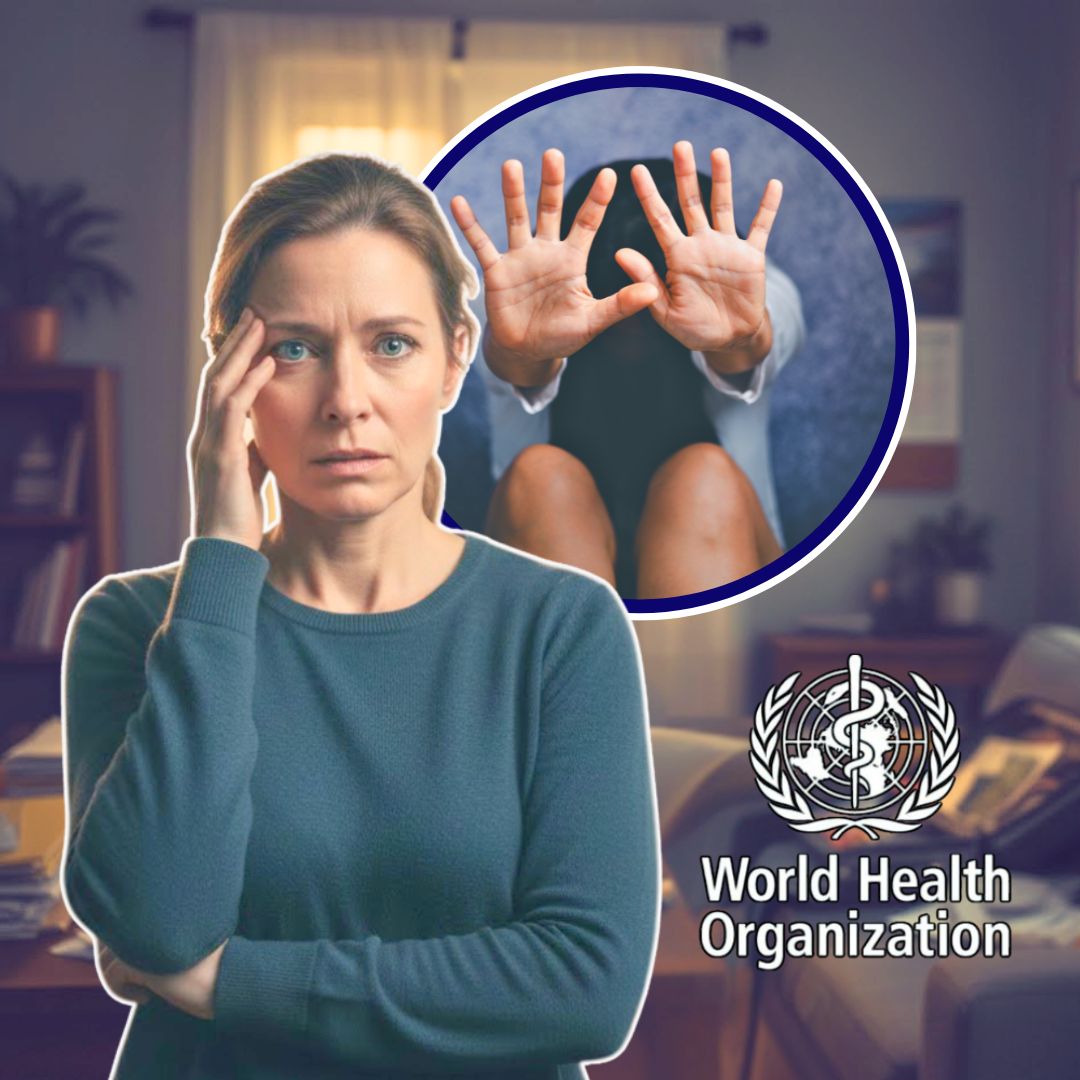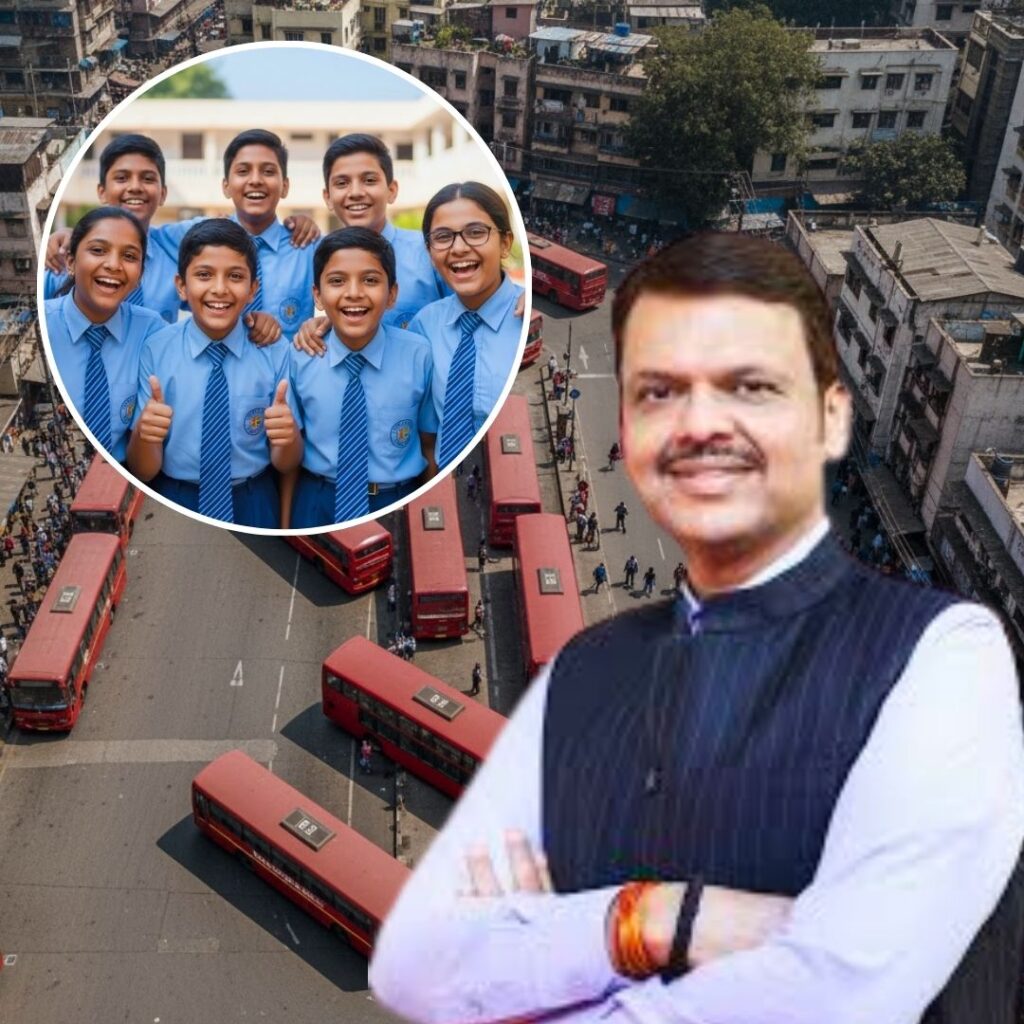A landmark World Health Organization (WHO) report released in November 2025 finds that nearly a third of women globally-about 840 million individuals-have faced intimate partner or sexual violence at least once in their lives, making it one of the world’s gravest human rights and health crises.
Despite international promises, progress has been minimal and slow, with officials alarmed by shrinking funding and increased vulnerabilities due to crises like conflict, climate change, and the COVID pandemic.
Prominent voices from WHO and partner agencies urge governments to scale up investments and interventions to end violence, emphasising the need for both prevention and survivor support.
As data gaps persist and social stigma stifles reporting, global solidarity and local action remain vital to safeguard women’s safety and dignity.
Unveiling Alarming Global Statistics
The 2023 WHO study on violence against women is the most comprehensive to date, analysing population-level surveys, health system data, and formal consultations spanning 168 countries from 2000 to 2023.
WHO Director-General Dr Tedros Adhanom Ghebreyesus declared, “Violence against women is one of humanity’s oldest and most pervasive injustices, yet still one of the least acted upon.”
Shockingly, 316 million women were subjected to physical or sexual violence by an intimate partner in just the past 12 months-a figure that translates to 11% of all women aged 15 or older and signals little improvement over previous decades.
In regions such as South-East Asia and Africa, lifetime prevalence rates stand as high as 33%, while Western Pacific and high-income countries show lower but still troubling levels, from 20–25%.
The report highlights the devastating impact of violence, which ranges from homicide (with 38% of all murdered women killed by intimate partners) to lifelong physical injuries, sexually transmitted infections, unintended pregnancies, depression, and post-traumatic stress. Dr Jarbas Barbosa, Director of the Pan American Health Organization, commented, “Collecting high-quality data is the first step towards giving this important issue visibility and urgency.
There is much that we can do together to prevent violence, support survivors, and invest in strategies that break the cycles of abuse.” Shame, stigma, and fear further hinder reporting—experts say real numbers are even higher than the official estimates.
Context, Causes and Actionable Challenges
Violence against women occurs across every social, economic, and geographical divide, rooted in gender inequality and discrimination.
The WHO report warns that progress towards Sustainable Development Goal 5.2-elimination of all forms of violence against women and girls by 2030-remains dismally slow at an estimated 0.2% decline per year. Recent events such as the COVID-19 pandemic have worsened the crisis, as lockdowns confined women with abusers, cut off access to legal and health services, and intensified risk factors.
Humanitarian emergencies and climate change further expose the most vulnerable-including migrants, refugees, and women with disabilities-to new forms and cycles of violence.
Experts note that global aid for prevention programs is woefully inadequate: just 0.2% of development funds go directly to interventions tackling violence against women, and this funding shrank further in 2025.
While countries such as Cambodia are making legislative advances and communities are trialling youth-focused violence prevention, comprehensive, survivor-centred responses are rare. Dr Tedros, along with PAHO and UNDP representatives, repeated calls for robust support services, public education campaigns, and legal reforms backed by reliable funding and political will.
Physical consequences often include lasting injuries-42% of survivors report suffering physical harm—as well as reproductive health challenges like miscarriage, abortions, and sexually transmitted infections. Mental health effects are profound, with victims nearly twice as likely to experience depression, anxiety, sleep disorders, and even suicide attempts.
The impact of violence also crosses generations: children exposed to domestic violence are more likely to become victims or perpetrators themselves, perpetuating cycles of abuse.
Despite ongoing awareness campaigns and the international “16 Days of Activism against Gender-Based Violence” presently underway, significant gaps persist in both high- and low-income countries.
Most survivors still struggle with barriers to reporting, accessing justice, and securing medical and psychological support-especially in crisis and rural settings.
The Logical Indian’s Perspective
For The Logical Indian, this extensive report lays bare a glaring truth: violence against women is not simply a personal or familial issue but a deep, structural crisis requiring urgent collective redress.
Every statistic is not just a number but a lived experience marked by pain, resilience, and hope for change. Our editorial stance is clear-ending violence demands empathy, survivor-focused reforms, community engagement, and strong leadership at every level, from local panchayats to global platforms.
The moment calls for renewed focus on educating boys and men, challenging sexist attitudes, and funding grassroots initiatives that support survivors and empower change-makers. It is crucial that stigma is dismantled, and survivors are met with compassion and comprehensive care-legal, psychological, and medical.
The current landscape is sobering, but the overwhelming will for change across societies gives hope. We must foster open conversations, amplify the voices of survivors, and celebrate every progress, no matter how small.












